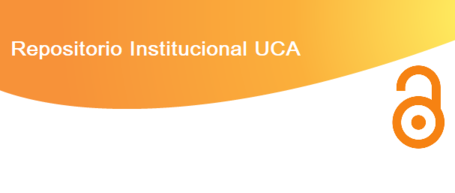LA PAIDEIA A TRAVÉS DE LA LITERATURA GRIEGA: DEL TRIUNFO INDIVIDUAL AL BIENESTAR SOCIAL
DOI:
https://doi.org/10.46553/sty.30.30.2021.p7-17Keywords:
literature – education – model – success.Abstract
This work proposes a reflection on the integral formation of the human being, a problem in force to this day, in Greek civilization, since in it literature had to fulfill a privileged place. The success of a good education translates into personal and social achievement and recognition. The tragic contests, whose spectators did not have any economic impediment that prevented them from attending thanks to the theorikón (public money destined to the payment of tickets to the theater), are proof of the presence of the dramatic genre in the representation of characters whose events had precipitated them to misfortune in the tragic genre but also success in comedy. The famous passage from Aristophanes Frogs 1053-6 places the teacher of children on a level of equality with the poet for adults. Lyric poetry is also a teaching tool for Theognis who advises his young lover Cyrnus how to adapt his behavior in order to achieve success in his life. Solon, a politician, anguished by the dangers that could loom over Athens, exhorts his fellow citizens to live according to criteria based on justice. Xenophon recreates an image of Cyrus as the ideal sovereign who has managed to forge a vast empire, thanks to his personal qualities, lineage and education. Ischomachus, main character of the story in the mouth of Socrates in the Oeconomicus also by Xenophon, owes much of his prosperity to the teachings that he has transmitted to his young wife. Ultimately, Herodas's Mime III "The Teacher" offers a real painting of education in antiquity in which blows were part of it.
Downloads
References
ANDROUTSOPOULOS, O-E. “Theognis the Philosopher: a Case Study of Philosophical Elements in Archaic Poetry” en academia.edu /30711202/obtenido el 19/05/2021 (s/f).
BOWIE, E-L, “Early Greek Elegy, Symposium and Public Festival”, JHS. 1986 106: 13-35.
FERNÁNDEZ, C. “Herondas por Herondas: autoficción en el mimo hele-nístico”, L´ Antiquité Classique 2006 75: 23-39.
HÉRONDAS, Mimes, texte établi par J. Arbuthnot Nairn et traduit par Louis Laloy, Paris: Les Belles Lettres, 1928.
LEAR, A. “The Pederastic Elegies and the Autorship of the Theognidea”, CQ, 2011 61/2: 378-393.
LEVINE GERA, D. Xenophon´s Cyropaedia. Style, genre and literary technique, New York: Clarends S. “How a Woman Can Be More Like a Man: The Dialogue between Ischomachus and his Wife in Xenophone's Oeconomicus”, Helios 1988 15/1: 9-22.
Menandri Sententiae, JAEKEL s. (ed) Leipzig: Bibliotheca Scriptorum Graecorum et Romanorum Teubneriana, 1964.
NOUSSIA- FANTUZZI, M. Solon the Athenian, the poetics fragments, Lei-den: Brill. 2010.
RODRÍGUEZ ADRADOS, F. Líricos griegos, elegíacos y yambógrafos ar-caicos, Barcelona: Colección Alma Mater, 1959.
SOMMERSTEIN, A. The Comedies of Aristophanes .Frogs, Warminster, England: Aris & Phillips, 1996.
STADTER, P. A. “Fictional Narrative in the Cyropaideia”, AJPh , 1991 112/4: 461-91.
TARKOW, T. A. “Theognis 237-254: A Reexamination” QUCC, 1977, 26, 99-114.
ZECCHIN DE FASANO, G. “El concepto de Eunomía: ¿Odisea en Solón?”, Synthesis, 2010 17: 99-112.
Downloads
Published
How to Cite
Issue
Section
License






